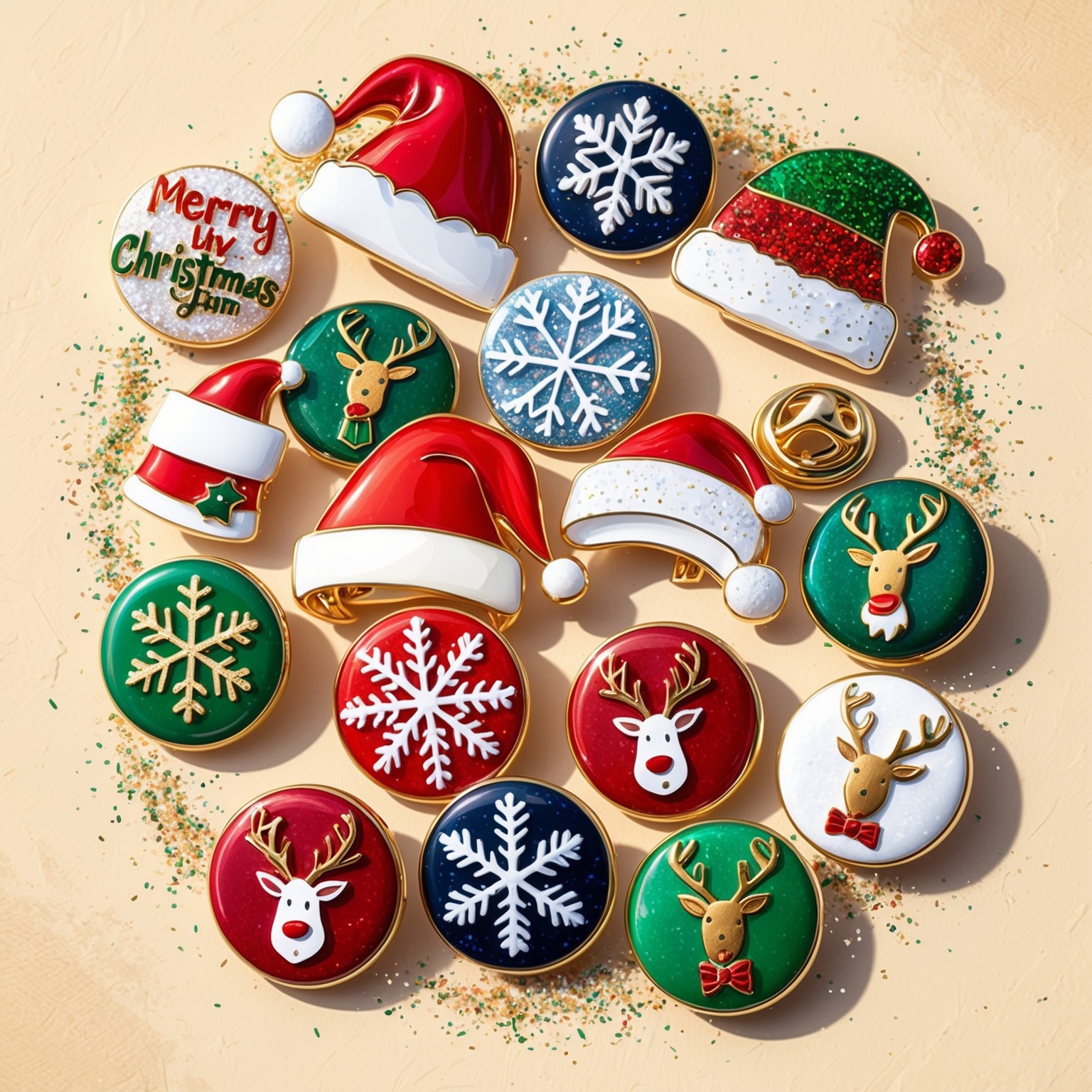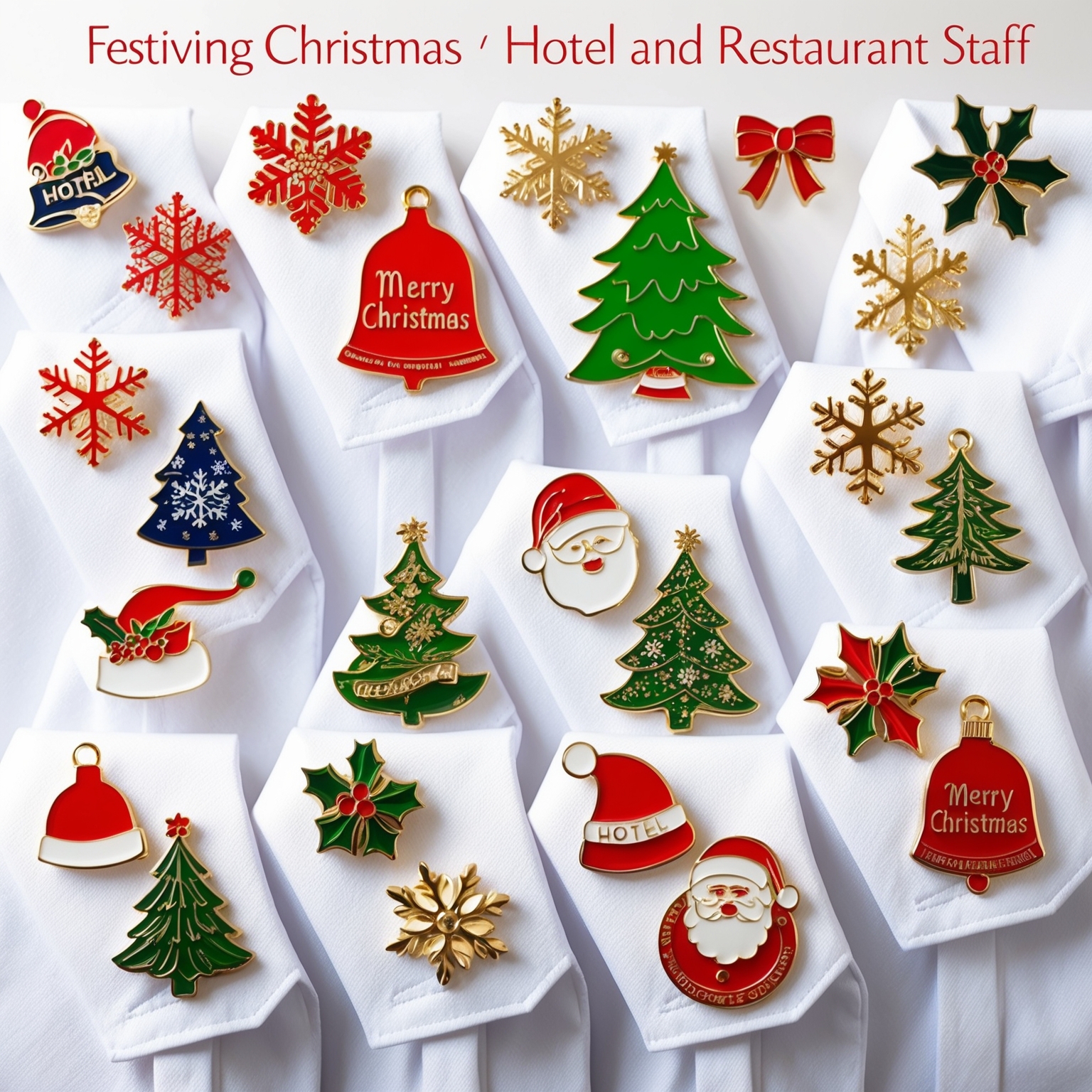The Art of Custom Pins
Custom pins are versatile and stylish accessories that serve a variety of purposes, from branding and promotional tools to personal expression and commemorative items. Designing your own lapel pins allows you to create unique and eye-catching pieces that reflect your style, brand, or message. Whether you’re a business looking to create branded merchandise, an organization aiming to commemorate a special event, or an individual wanting to showcase your creativity, custom pins offer endless possibilities. This article provides nine expert tips for designing custom pins that stand out and captivate your audience.
1. Start with a Clear Concept and Purpose
Define the Purpose of Your Custom Pins
Before diving into the design process, it’s essential to define the purpose of your custom pins. Understanding why you’re creating the pins and what message or emotion you want to convey will guide your design choices and ensure the final product meets your goals.
Example: If you’re designing custom pins for a charity event, the purpose might be to raise awareness and funds, so the design should reflect the cause and appeal to potential donors.
Identify Your Target Audience
Knowing your target audience is crucial in creating a design that resonates with them. Consider factors such as age, interests, and preferences when brainstorming design ideas.
Example: Custom pins for a music festival might feature bold colors and trendy designs to appeal to a younger audience, while pins for a corporate event might have a more professional and polished look.
2. Choose the Right Pin Style
Understanding Different Pin Types
There are several types of custom pins, each with its unique characteristics. Understanding the differences can help you choose the best style for your design and purpose.
Example: Soft enamel pins have raised metal edges and recessed enamel areas, creating a textured look. Cloisonné pins, on the other hand, offer a smooth, polished finish with vibrant colors.
Selecting the Best Style for Your Design
Consider the complexity of your design, the desired finish, and your budget when choosing a pin style. Some styles are better suited for detailed designs, while others are ideal for simple, bold graphics.
Example: For a design with intricate details and vibrant colors, a cloisonné or hard enamel pin might be the best choice. For a more budget-friendly option with a classic look, soft enamel pins are a great alternative.
3. Focus on a Strong and Simple Design
Emphasizing Clarity and Readability
When designing custom pins, clarity is key. Since pins are small, it’s essential to ensure that the design elements are easily recognizable and readable. Avoid overcrowding the design with too many details or text.
Example: A custom pin featuring a company’s logo should prioritize a clean and simple design, ensuring the logo is easily recognizable even from a distance.
Balancing Aesthetics and Functionality
While it’s important to create an attractive design, functionality should also be considered. Ensure that the design elements are balanced and that the pin’s shape and size are practical for wearing and displaying.
Example: A custom pin with a delicate design might benefit from a slightly larger size to ensure that the details are visible, while a simpler design can be smaller and more versatile.
4. Experiment with Shapes and Sizes
Choosing Unique Shapes
Custom pins aren’t limited to standard round or square shapes. Experimenting with unique shapes can make your pins more eye-catching and memorable. Consider the theme of your design and how a custom shape can enhance it.
Example: A custom pin for an environmental organization could be shaped like a leaf or tree, emphasizing the organization’s focus on nature and conservation.
Considering the Size of Your Pins
The size of your custom pins should be appropriate for the design and purpose. While larger pins can showcase more details, smaller pins are more subtle and versatile.
Example: A large custom pin might be suitable for a commemorative piece that showcases detailed artwork, while a smaller pin might be ideal for everyday wear or subtle branding.
5. Play with Colors and Finishes
Choosing a Color Palette
The color palette you choose can significantly impact the overall look and feel of your custom pins. Consider the emotions and messages you want to convey and select colors that align with them.
Example: Bright and bold colors can create a fun and energetic vibe, while muted tones can convey sophistication and elegance.
Exploring Different Finishes
The finish of your custom pins can enhance their appearance and durability. Options include polished, matte, antique, and glitter finishes, each offering a unique look.
Example: A polished finish gives a sleek and shiny appearance, ideal for a professional look. An antique finish can add a vintage feel, while glitter adds a playful and eye-catching sparkle.
6. Incorporate Text Thoughtfully
Choosing the Right Font
If your custom pins include text, selecting the right font is crucial. The font should be legible and complement the overall design. Avoid overly intricate or decorative fonts that may be difficult to read on a small pin.
Example: A modern, sans-serif font might be appropriate for a tech company, while a classic serif font could suit a traditional or formal event.
Balancing Text and Graphics
Ensure that the text doesn’t overwhelm the graphics or vice versa. The text should be concise and placed in a way that enhances the overall design.
Example: A custom pin for a motivational campaign might feature a short, inspiring message alongside a relevant graphic, with both elements balanced to create a cohesive design.
7. Add Unique Details and Features
Incorporating Special Effects
Special effects can make your custom pins stand out. Consider adding elements like glow-in-the-dark, glitter, or translucent enamel to add an extra layer of interest.
Example: A custom pin for a space-themed event could feature glow-in-the-dark elements, creating a celestial effect that adds to the theme.
Using Multiple Layers and Textures
Playing with layers and textures can add depth and dimension to your custom pins. This can be achieved through raised and recessed areas, different enamel types, or the addition of 3D elements.
Example: A custom pin with a multi-layered design can feature a raised logo with a recessed background, creating a striking contrast that enhances the visual appeal.
8. Consider the Backing and Fastening Options
Selecting the Right Backing
The backing of your custom pins is an important consideration for both functionality and comfort. Common options include butterfly clutches, rubber clutches, and magnetic backings.
Example: A butterfly clutch provides a secure hold, ideal for pins worn on jackets or bags. A magnetic backing is a good choice for delicate fabrics, as it won’t pierce or damage the material.
Ensuring Secure Fastening
Ensure that the fastening mechanism is secure and reliable, especially for larger or heavier pins. Consider the intended use of the pin and choose a fastening option that provides the right level of security.
Example: For custom pins intended for active wear, such as at sporting events, a locking pin back might be the best choice to prevent accidental loss.
9. Collaborate with a Professional Manufacturer
Choosing a Reputable Manufacturer
Working with a reputable manufacturer is crucial to ensure the quality and accuracy of your custom pins. Look for manufacturers with experience in creating custom pins and a portfolio of satisfied clients.
Example: A professional manufacturer can provide valuable insights and recommendations based on their experience, helping you achieve the best possible results for your custom pins.
Reviewing Proofs and Samples
Before finalizing your order, review proofs and samples to ensure that the design meets your expectations. This step allows you to make any necessary adjustments and confirm that the final product matches your vision.
Example: Reviewing a sample of your custom pin can help you assess the colors, finish, and overall quality, ensuring that the final product is exactly what you envisioned.
Bringing Your Custom Pin Design to Life
Designing your own custom pins is a creative and rewarding process that allows you to bring your unique vision to life. By following these nine expert tips, you can create custom pins that are not only visually appealing but also meaningful and memorable. Whether you’re creating pins for a business, event, or personal project, the key is to focus on clarity, creativity, and quality.
From defining your concept and purpose to choosing the right materials and collaborating with a professional manufacturer, each step of the process plays a crucial role in achieving a successful outcome. As you embark on your custom pin design journey, remember to stay true to your vision and enjoy the creative process.
With the right approach and attention to detail, your custom pins can become cherished items that resonate with your audience and stand out in any collection. Whether you’re designing pins for branding, promotion, or personal expression, the possibilities are endless, and the results can be truly outstanding.
If you are interested in ordering some high-quality lapel pins, feel free to call us at our Toll free number 1-877-513-4811 or fill out one of our FREE QUOTE FORMS.



